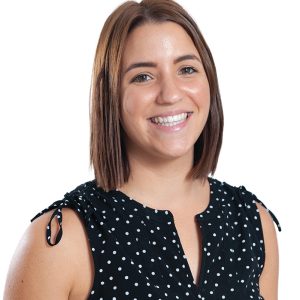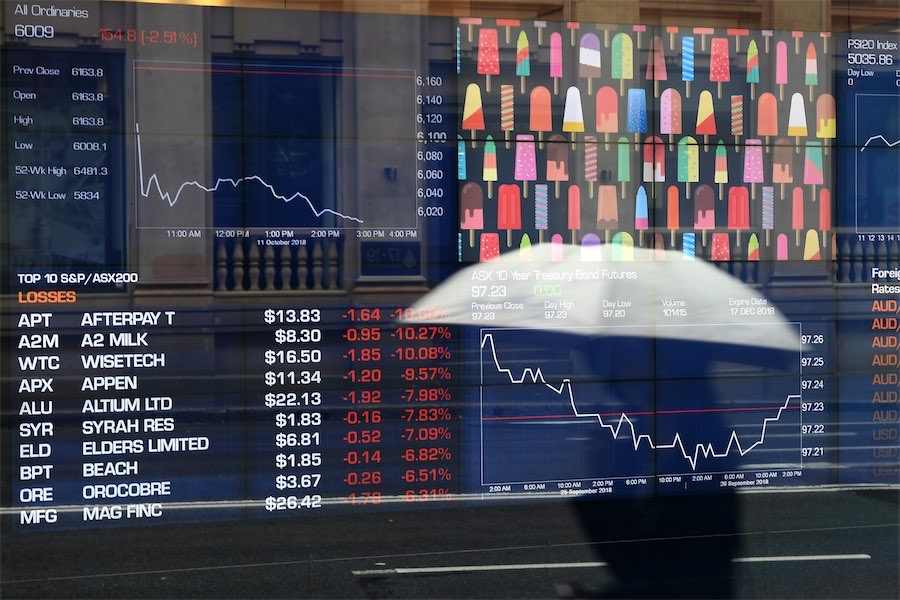HOSPITAL admissions for skin cancer in the ACT have increased by 300 per cent in the past five years, according to new data.

The Medibank Group says that in the 2015 financial year there were almost 150 admissions for skin cancer treatment, compared with more than 600 in the last financial year.
While the data doesn’t say what’s causing the increase, Medibank suggests it could be a result of greater awareness.
But ANU epidemiologist Prof Robyn Lucas, who has a research focus on vitamin D and skin cancer, says there could be a whole lot of things going on.
Ageing population, awareness, a lack of dermatologists and an increase in available, more aggressive, hospital treatments could all be reasons why there’s been an increase in hospital admissions for skin-cancer treatment, she says.
Nationally, the data shows that the hospital admissions are mostly – 78 per cent of them – people 60 or older.
“This [data] is about people who have gone to a hospital so it’s partly around changing treatment for it to perhaps more aggressive treatment,” Robyn says.
“In the past, you might have gone to your GP and they’ve frozen it off and it comes back and they freeze it off again. Now, they’re being a bit more aggressive about the treatment for it.”
Another difficult issue with skin cancer research is that the most common skin cancers, basal cell carcinoma and squamous cell carcinoma, aren’t recorded on cancer registries – only melanomas are, says Robyn.
“So they don’t have very good data,” she says.
“Five years ago, GPs were just burning them off and they’re not really reporting them as being skin cancers, they’re not even diagnosed. Our data from five years ago is not nearly as good as our data from now.”
There’s also been a change in attitudes towards sun protection following a sun-protection program, which started in the early 1980s, so generally in Australia, Robyn says there’s a decrease in skin-cancer incidence for the generations that were born from then on.
“Hopefully, as time goes on and those people get older, we won’t see the high skin cancer incidences in those younger populations,” she says.
“That said, when Cancer Australia does their annual sun-exposure survey and they phone people up and say how many times did you get sunburnt on the weekend, we’re not actually seeing great improvement.”
In younger people, Robyn says it’s not really front of mind for teenagers and people in their early twenties.
“There’s a whole lot of social drivers [and] it’s really hard to change behaviours,” she says.
“I talked to a group of teenagers at a school in Perth a few years ago and talked about sun protection and they knew it all, but when it came to going to the beach they wanted to be on the beach without sun protection.
“The sunscreen was a bit of a pain because it got all mixed up with the sand and they had to keep reapplying it so there was this disconnect between the risks that you take now.”
However, for melanoma and the most common type of skin cancer, basal cell carcinoma, childhood sun exposure or childhood adolescence sun exposure seems to be particularly important to risk, Robyn says.
“Nobody really understands why that childhood adolescent sun exposure seems to be so important for both melanoma and for basal cell carcinoma,” she says.
“Then the other form of non-melanoma skin cancer, squamous cell carcinoma, seems to be more related to the total of the sun exposure you have over your life.”
For protection against skin cancer Robyn recommends following Cancer Council advice and keeping an eye on the UV index.
“When the UV index is three or higher, you should start to use sun protection and as it gets higher you have to be more rigorous about sun protection,” she says.
“When the UV index is say four, you might just pop a hat on and be in the shade. Once the UV index is more than 11, which is extreme, you would be wanting to limit your time in the sun and also use everything, so the whole slip, slop, slap, seek (shade) and slide.
“There is a direct relationship between how high the UV index is and how fast you will burn.”
But don’t base sun protection on how hot it is, Robyn warns, saying: “It gets to midday and people go ‘it’s not really very hot, I’ll be okay’ but it’s not heat you have to worry about, it’s the UV index.”
Who can be trusted?
In a world of spin and confusion, there’s never been a more important time to support independent journalism in Canberra.
If you trust our work online and want to enforce the power of independent voices, I invite you to make a small contribution.
Every dollar of support is invested back into our journalism to help keep citynews.com.au strong and free.
Thank you,
Ian Meikle, editor









Leave a Reply